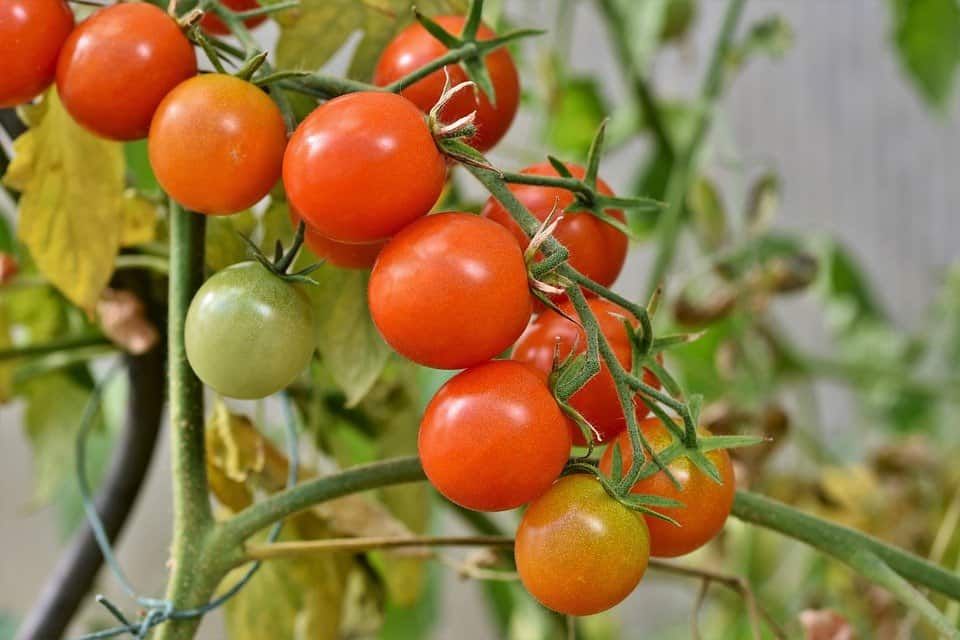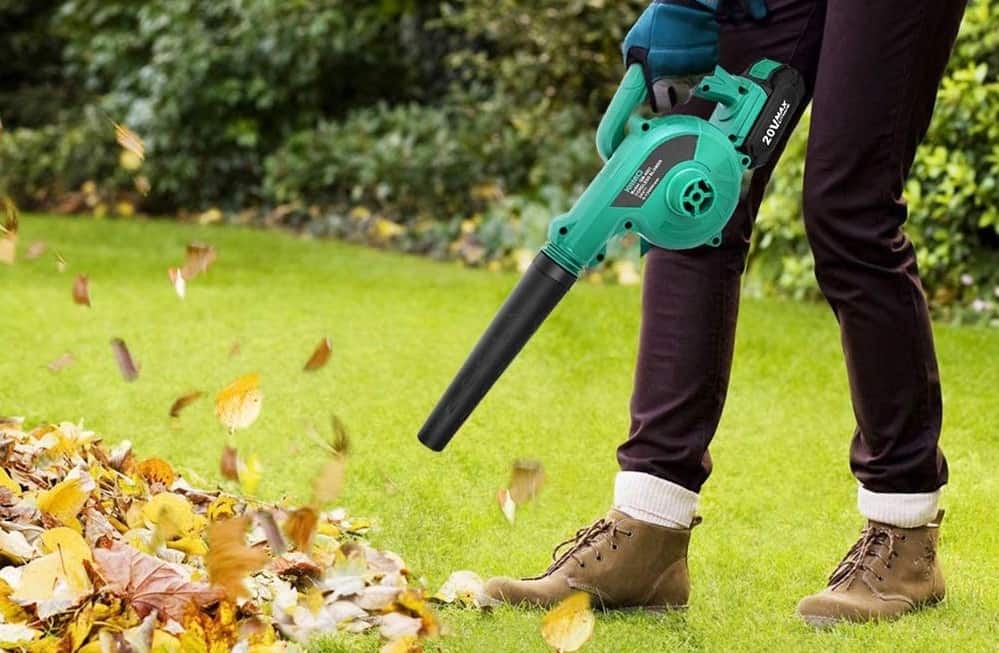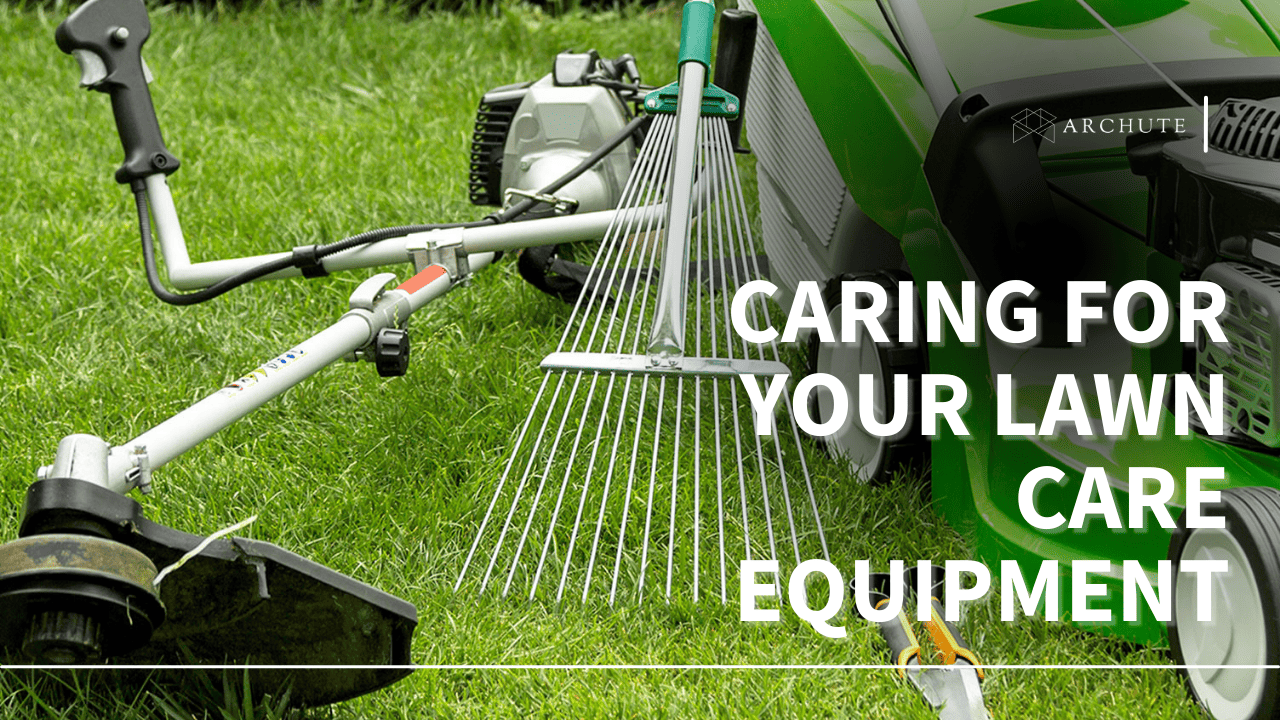Have you started to notice your tomato plants turning yellow and are wondering what the cause is and how to fix it? Then, this is the right read for you. Yellowing leaves induce panic in tomato gardeners, but once they know a common problem among many tomato gardeners and a solution, they relax a little. Most of the time, the reason your leaves are turning yellow has an easy fix and may not be a major cause for alarm, and if you identify the problem and apply the appropriate fix, your tomato plant will be back to normal within no time.
Tomatoes are a favorite for most gardens because they are very easy to grow and can be grown in a garden bed in your backyard or small containers placed on a small balcony. However, since leaves turning yellow is a major problem to most gardeners, we have listed the major causes of yellowing leaves on tomato plants, with their treat and prevention measures a gardener can take.
Reasons why your Tomato plants are Turning Yellow
1. Nutrient deficiencies
Cause
Nitrogen deficiency is among the most common deficiencies, and nitrogen is need for any above-ground plants to flourish. Since tomato plants grow very fast, they must have their nitrogen-rich soil for tomato production and optimum plant growth, and if the soil has a nitrogen deficiency, the older leaves will start turning pale yellow. Once the older leaves turn yellow, the plant will stop growing and producing due to a lack of nutrients.
For Iron Deficiency, when the soil is not providing enough iron to the tomato plant, the youngest leaves start to turn yellow at the bottom of the plant. The yellowing will continue through the leaf veins, and the leaf’s base of the plant will develop a web-like appearance. As a result, an iron-deficient plant will develop pale yellow leaves that will drop off eventually, and the tomato plant will be unproductive after the yellowing leaves drop.
Treatment
For the immediate effect on nitrogen-deficient plants, apply some liquid fertilizer with a high nitrogen value and follow the instructions on the fertilizer package to avoid burning the plant.
For a quick fix on iron deficiency, apply a liquid iron supplement to your tomato plant, which you can spray on the foliage if it’s mixed with water or added to the soil. Ensure you follow the package instructions and repeat the application if need be.
Prevention
To prevent nitrogen-deficient plants, add earthworm castings, compost, and coffee grounds to boost the soil’s nitrogen level and add a balanced all-purpose fertilizer to your soil at the beginning of a season.
Add Rockdust in your garden plants to prevent an iron-deficient plant, and you can also add a chelated or a powdered iron supplement in the spring season to correct the soil.
2. Uneven watering
Cause
One of the common causes of yellow tomato leaves is incorrect watering, where gardeners may sometimes provide the plant with too much water or too little water. To keep the plants happy, gardeners may overwater the plant giving it more water than it needs to avoid the soil drying out. However, the excess water in your soil will suffocate roots and cause the root to rot, and as the roots get damaged, the soil has less oxygen available to the leaves; hence the tomato plant leaves turn yellow and drop off.
Underwatering your plant can also cause leaves on tomato plants to turn yellow after wilting. You will know underwatering is the problem if your leaves start to yellow on their edges until the whole leaf drops off the plant.
Treatment
For overwatering problems, remove the layer of mulch covering the soil at the base of the tomato plant and let the soil stay exposed to airflow and sunlight for a few days, trimming the access leaves from your plant.
Water your plant slowly and allow the roots and soil to absorb the water before it runs off for underwatering problems.
Prevention
For overwatering problems, if you manually water your garden, you could invest in a high-quality water gauge meter and measure the amount of moisture in the soil before you water your plant again. Additionally, you could install an automatic drip irrigation system alongside a weather rain gauge that will automate your watering. This way, all your plants will receive a consistent amount of water without worrying about overwatering.
For underwatering problems, water your tomato plant every day in the morning and ensure you don’t wet the leaves as much as you can. You can use a water meter to measure the amount of moisture in your soil if needed, and also you can invest in a drip irrigation system.
3. Early Blight
Cause
Early blight is caused by a fungus that lives in the soil, and it attacks tomato plants in the growing period, which is a common problem seen on the older lower leaves as irregularly shaped pale yellow splotches. The yellow splotches will grow into brown spots in a yellow circle around them, and early blight will continue until the entire leaf turns yellow and is deformed.
Treatment
Once you discover that early blight is the cause of yellowing on your plants’ leaves, then it’s time for immediate action before the entire plant gets affected. Start by removing the affected leaves and throw them in the dustbin and cover the plant’s base with mulch, spraying the entire plant, including the leaves underside, with a fungicide.
Another solution can be covering the entire tomato plant with a Hydrogen Peroxide mixture which should be hydrogen peroxide and five parts water. The mixture should be reapplied every three to four days until there’s an improvement and the plant’s condition.
Prevention
To avoid early blight, ensure you follow crop rotation, and you should plant the same vegetable type in the same garden soil for two years. In addition, mulch the soil with straws, newspapers, or wood chips to avoid the soil pathogens splashing back on your plant and also to avoid getting your leaves wet when watering.
You can also spray the tomato plant with Neem oil spray to prevent most bacterial and fungal diseases from occurring.
4. Lack of Enough Sunlight
Cause
Yellow spots or leaves could indicate that your tomato plants are not receiving enough sunlight. Even if the plant is in direct sunlight, the lower leaves might not be receiving enough light on top of the plant resulting in tomato leaves turning yellow.
Treatment
To prevent your leaves from turning yellow, ensure your tomato plant gets at least 8 hours of sun. Like a cherry tomato, some tomatoes will survive with 6 hours of sunlight,t but the large fruit tomatoes should have 8hours. Additionally, when gardening, remove plants and other weeds surrounding the tomato plant to allow the sun to reach the plant’s inner and lower parts.
Prevention
Choose where to plant your tomato plants wisely, and you can always use a sunlight meter to measure the amount of sun a location receives before planting your tomato plant.
5. First Set of Leaves (Cotyledons)
Cause
The first leaves nearest to the soil on the tomato seedlings are known as cotyledons and are not real leaves. Their main function is to provide nutrition to the seeds while the true sets of leaves develop and start the photosynthesis process. The second set of leaves are the true leaves that all garden plants grow, and after this real leaves set develops, your seedling is ready to start making food for itself using sunlight.
Treatment
It is quite normal for the first leaves to turn yellow and fall off as the plant is developing its true leaves, and if you only have yellow leaves on tomato plants, they are cotyledons and completely natural. You can carefully cut the yellow tomato leaves off the tomato seedling using pointed floral scissors.
6. Transplant shock
Cause
If you have transplanted your seedlings recently, maybe in the last week or two, and are now noticing yellow leaves on your plant’s bottom leaves, then the likely cause is transplant shock. When tomato seedlings are moved from a warm area indoors or a greenhouse to the outdoor cold soil, they will need time to adjust to the new conditions.
The shock your tomato plant experiences can result in a few plant leaves turning yellow, but this is usually a short adjustment phase. Therefore, as long as your tomato plant is healthy and green, there is nothing to worry about as the yellow leaves will drop eventually, and your plant will be back in great health.
Solution
To revive your recently transplanted tomato plant from transplant shock, you should apply a mixture of 1 tbsp regular and granulated sugar, which will be diluted in a half-gallon of water. Even though this technique is not proven, it is very popular among other gardeners. The technique also helps keep your plants hydrated and provides shade if the daytime temperature is too high.
Prevention
To prevent the transplant shock, harden off the seedlings for about five to seven days. The hardening off process will gradually expose your tomato seedlings to the outdoors to handle temperature differences and sunlight without causing any yellow leaves.
7. Diseases
Septoria Leaf Spot is one disease that causes yellow leaves on your tomato plants and is caused by a fungus Septoria lycopersici, which usually lives in the soil. The fungal disease starts as a yellowish circle on the underside of lower leaves located on the bottom of your plant ad the rings will have a tan center, a dark brown margin, and a yellow halo around your circle. As the circles continue to enlarge, the disease progresses to the plant stem, and the yellowing leaves will fall off, exposing the developing fruit to the sun, which causes scalding.
Verticillium Wilt is another common soil-born fungus in cool climates where the soil doesn’t warm up until the mid-summer. The disease shows up as yellow splotches on the plant’s lower leaves followed by brown veins extended from yellow splotches, and then dark brown spots appear on your plants’ leaves. The leaves will begin to fall off eventually, then the stem is infected, and your plants will have stunted growth and will remain unproductive after the leave drops.
Fusarium Wilt is another soil-borne fungus that causes leaves to turn yellow and will only cause your plant to wilt on one side. However, the wilted side leaves will begin to turn yellow, and it will stunt the plant growth on the wilted yellowing side. The wilt disease usually starts at the base of the stem and then to the branch, then leaves, and finally to the flowers and tomatoes.
Treatment
For the Septoria Leaf Spot disease, remove the affected leaves immediately, dispose of them in your garbage, and then use a copper or serenade fungicide.
Unfortunately for the Verticillium Wilt, there is no organic or chemical treatment for the fungus. You will have to remove the infected plant and dispose of it in the garbage.
There is no treatment for Fusarium Wilt, and once you identify yellowing and brown spots on your leaves, remove the plant from your garden and dispose of it.
Prevention
To prevent Septoria Leaf Spot, follow crop rotation, increase the distance between your plants, and mulch your soil. In addition, avoid overhead watering, try only water in the morning hours, and use an organic insecticide like Neem Oil spray as a preventative measure.
The best prevention measure for Verticillium wilt is planting Verticillium wilt-resistant tomatoes as the fungus spores remain in the soil for a long time. You should perform soil polarization to eliminate the spores from the ground when gardening for the next planting season.
You could follow long-term crop rotation to prevent Fusarium Wilt and maintain great garden hygiene to minimize the risk of Fusarium Wilt in your garden. Additionally, you can select tomatoes varieties resistant to Fusarium Wilt, such as Better Bush or Early Girl.
8. End Of The Season
As the gardening period ends, it’s natural for the leaves to turn yellow as the days are getting shorter and nights getting colder. The yellowing of the plants and the fruit production stops are among the first signs that it’s the end of the season. If you still have unripe tomatoes in your garden, trim off the yellow leaves, remove any tiny tomatoes, then stop watering and feeding the plant too. This allows the tomato plant to direct all its energy to ripen the few remaining tomatoes of that season.
Frequently Asked Questions on the Yellow Leaves on a Tomato Plant
1. Can yellow leaves turn green again?
No, once your tomato plants turn yellow, they don’t turn green again, even when treating the underlying cause. So, treating your plant might prevent the yellowing leaves on the plants, but it will not return to the lush green original color. However, remember several yellow leaves on your tomato plants are, most of the time, nothing to worry about.
2. Should I remove yellow leaves on tomato plants?
Yes, if the yellowing leaves are caused by a nutritional deficiency or environmental reasons because removing some leaves will help the plant cope with the situation by the plant directing the energy in sustaining the rest of the fruits and leaves. However, if fungal or bacterial diseases cause yellow leaves, dispose of them in the garbage and sterilize the gardening scissors to remove the infected leaves.
3. When should you stop watering tomato plants?
It would be best to reduce watering your plants when your fruit matures, and it’s ready to ripen, as this will channel the plant’s energy into ripening your fruits instead of producing any new growth. Unfortunately, some gardeners also pinch off any immature blooms or fruits during this time.
4. Can overwatering cause blossom end rot?
Yes, overwatering can cause Blossom end rot in your plants, and this is because overwatering will drown the root. After the root is drowned, the plants start to rot, and if they rot, the plants won’t receive the nutrients needed to keep the overall growth.
















